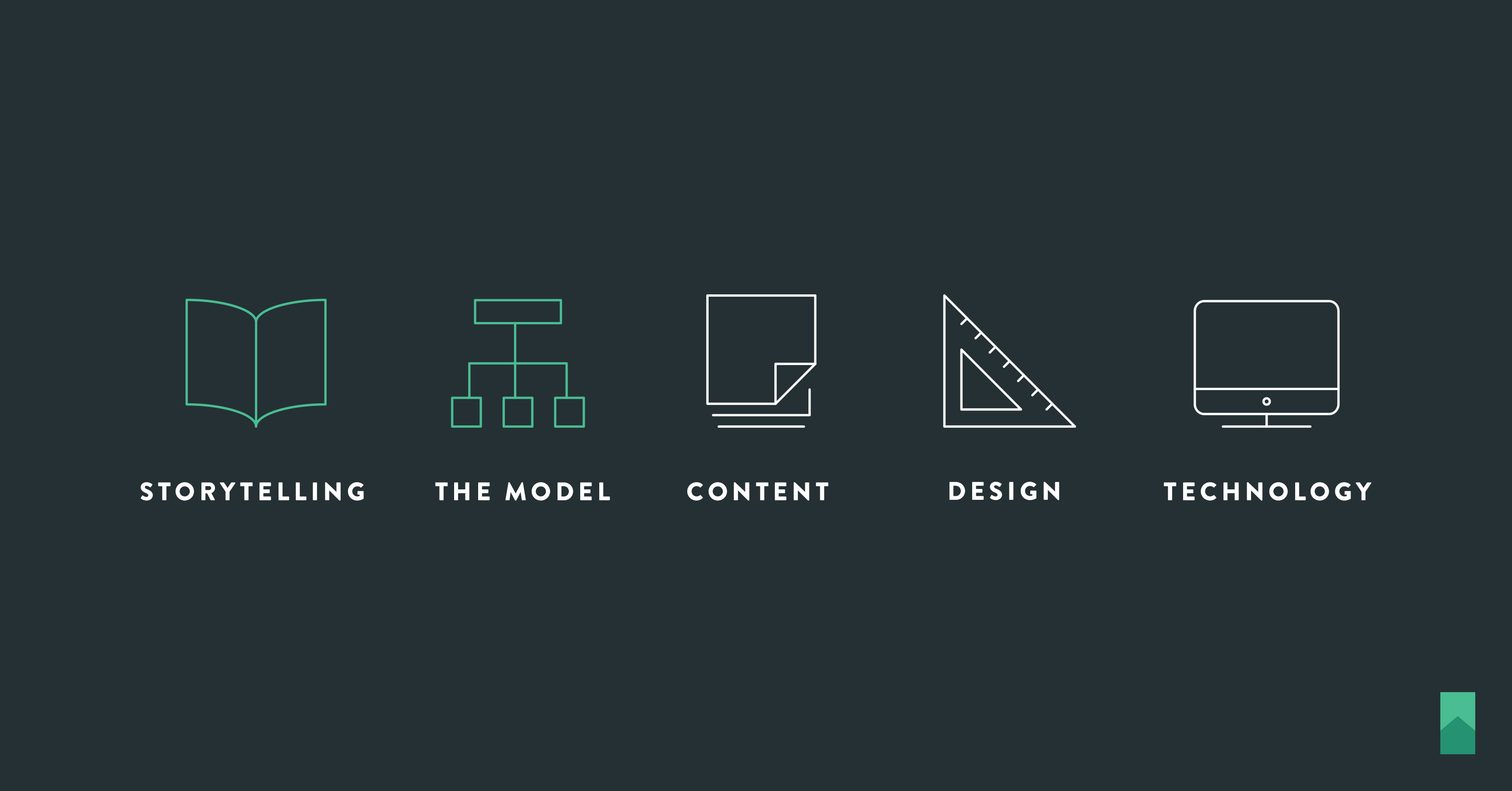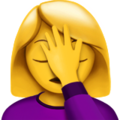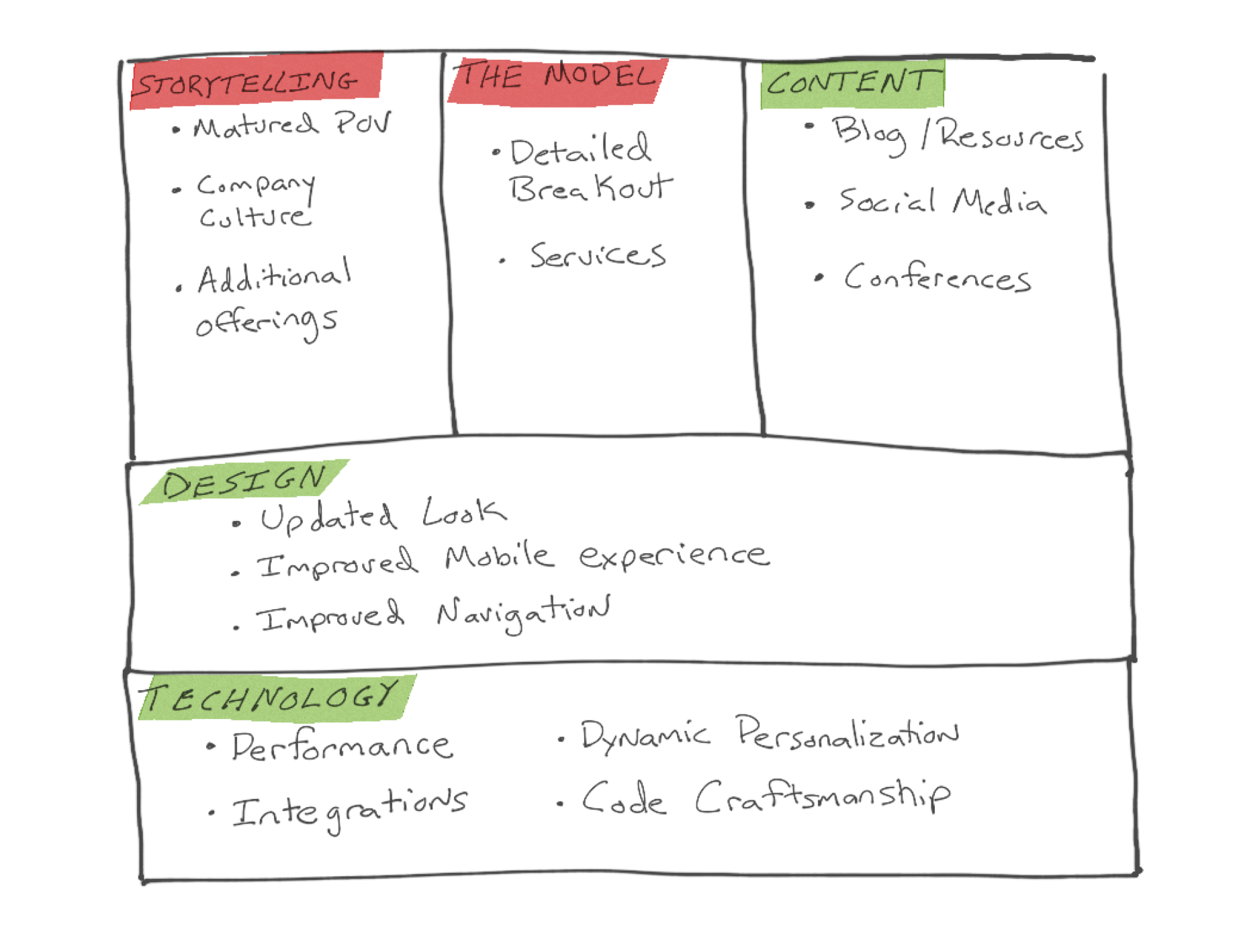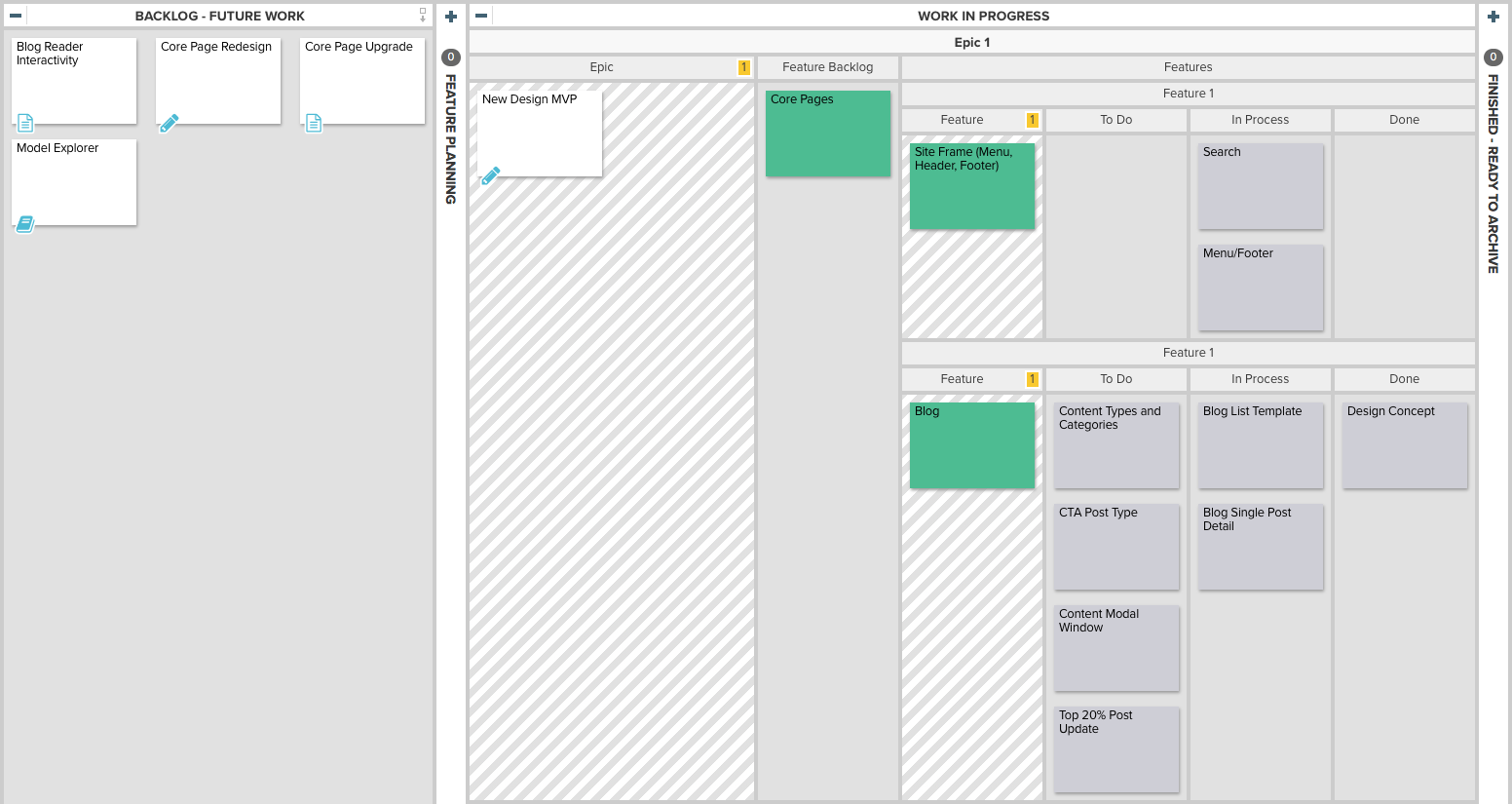Time for a Change

So how does an Agile consultancy go about redesigning a website? I’ll give you a hint, a big bang launch isn’t the right answer. I’ve been a part of website design, and redesign, projects for a long time now and the conversations always seem to start the same way.
Leadership: “We want to get the new website out quickly so let’s only touch what we have to”
Designer: “Well, I’m thinking of a design revolution that is going to impact every part of the site. Before I get started, don’t you think it’s time to update the content on the site, it’s been a while”
Copywriter: “That’s a great point we have launched several new products since the last site design and the information architecture could be cleaner. Probably an opportune time to rethink the information architecture and user paths through the site as well.
Developer: “As it turns out all the template files are all connected and code reused on multiple pages so if we change things in one spot it will change everywhere. Besides future maintenance would be much faster if we started with a newer cleaner code base, and this seems like a great time to do that”
Leadership: “So what your telling me to get started we have to reengineer the whole thing at once.”
Everyone in Unison: “Sounds like we’re in a agreement”
Leadership: 
Sound Familiar?
While this discussion is about a website project, I’m sure it’s not all that unfamiliar to people in other domains. So, if that’s not how we are going to do it, how have we chosen to organize the project?
In the past, projects like this have been organized around sections of web pages like products, services, blog etc, or components such as calls to action, image sliders, etc. Rather than organize around these things we instead broke the project down by theme. We identified 5 themes to the improvements that we need to make to our site.

The work around these five themes is loosely coupled allowing us to work on improvements in one area independently from the other areas. Also breaking up the project this way identified important dependencies that will have to be managed. Since dependencies always lessen agility decoupling much of the work of this project from those dependencies increases this initiative’s agility overall. In our project the work related to “Storytelling” and “The Model” will require heavy input from our Executive team-who are some busy folks and hard to coordinate with. While the other themes are completely within our marketing team’s sphere of control. Knowing this up front we’re able to break down the work in such a way that minimized the ability of forces outside the team to slow down progress.
It also gave us some common language to use as we negotiate scope.
For example, running with design related work without rearchitecting the story is going to mean that work will likely need to be redone in the future once the new copy is written. Everyone on the team is aware of the potential for rework but we also know that the copywriting is a large task which will take some time. So, there’s value in designing for what is there today and knowing we’ll have to do it again at some point in the future. A different example of the negotiations that have taken place is around cleaning up the code base. Our current blog design has some non-standard things going on with the formatting tags that we would like to make standard. This means we have to decide to go through a mountain of blog posts-manually-to update those tags with the new design or perpetuate the non-standard code with the new build. We have decided that taking the time to make things simpler moving forward at the cost of paying back a bit of tech debt, is in line with our goals, Increasing the scope of that part of the project is the right thing to do.
What’s Next?
So what are we getting started on next. As a team we discussed the overall goals of the project…
- Bring our website up to the same graphic design standard as our other marketing materials
- Enhance technical performance to improve the user’s experience and maintain search friendliness
- Update the messaging to reflect our matured brand messaging and additional offerings
- Deepen user enegagement with our content
… and decided the best place to start was twofold. 1) Develop a new site design concept. 2) Identify the gaps in the messaging around the storytelling and offering content with the executive team.

We are effectively getting started on things completely within our team’s control and actively working on getting the things with dependancies to a place where they are within our teams control when we have capacity to get started we can. The design concept will start with Field Notes (our blog) and the “frame” of the site (header, menu, and footer). The decision was made to start here for 3 reasons.
- Nearly 80% of our organic traffic comes to this part of the website. Work here will improve the brand experience for a large number of users.
- That number of users getting the new site design will give us quick feedback before we move on to designing other experiences within the site.
- This content contains lots of different design situations so getting the design to work here will give us a lot to work with through out the rest of the site.
We will continue to post updates about the progress of this project to the blog under the tag “evolution“.
And the prize for making it to the end of the post. A sneak peak of the design we’re working on.

